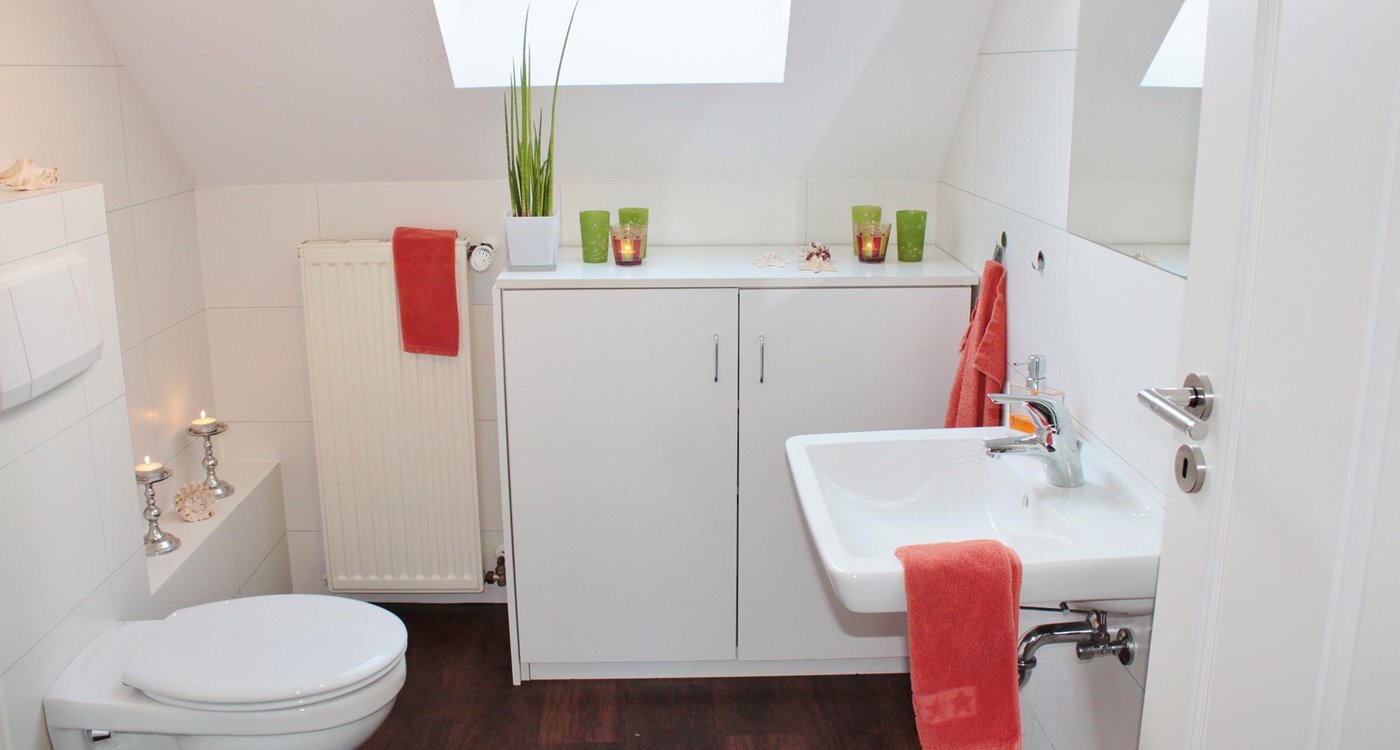Do you remember when your parents always scolded you when you didn’t wash your hands after using the toilet?
Unfortunately, maintaining good personal hygiene, such as hand washing, avoiding dirty surfaces, and proper sanitation, is only sometimes considered necessary.
Check out this article for tips on how to maintain good toilet hygiene.
UNEXPECTED HYGIENE THREATS IN THE WASHROOM
- Toxic mould
Due to the often moist environment, bathrooms are prime locations for mould growth. In addition, mould can quickly go unnoticed in a bathroom, as it often grows hidden behind walls or beneath the flooring. If left unchecked, mould can spread rapidly and cause extensive damage to your home. Some toxic mould is hazardous because they can cause respiratory problems.
- Bacteria growth, viruses and infectious diseases
Bacteria and germs are everywhere, and your bathroom is no exception. Many bacteria can cause illness, so it’s essential to protect yourself.
Toilet seats are especially prone to contamination, as they come into contact with our skin and waste.
- Infections
You are exposed to all sorts of bacteria and viruses when you use the restroom. Unfortunately, it is too easy to transfer these germs to your body. One of the most common ways to do this is by touching a contaminated surface and your face.
HOW DO YOU MAINTAIN TOILET HYGIENE?
Maintaining bathroom cleanliness is essential for both health and aesthetic reasons. There are a few key things to keep in mind to keep your bathroom looking and smelling fresh:
- Cleaning your toilet seat regularly.
- Using the toilet lid when you flush.
- Keeping your shower clean.
TOILET SEAT
Although toilet seats may look clean, they are actually covered in bacteria and germs. Toilet seats are one of the most contaminated surfaces in the bathroom. Every time you flush, a plume of bacteria-laden water is released into the air, settling on nearby surfaces.
Toilet seats are also often covered in sweat, urine, and other bodily fluids, which provide an ideal environment for bacteria to grow. As a result, it is crucial to clean toilet seats regularly with disinfectant wipes or spray. Doing so will help to prevent the spread of bacteria and keep your bathroom clean.
TOILET BOWL
Toilet bowls are one of the hardest things to keep clean. It is constantly exposed to potential sources of contamination, such as toilet paper and waste. In addition, the toilet bowl is often hard to reach, making it difficult to clean properly.
However, you can take a few simple steps to help maintain toilet bowl cleanliness. First is to remove any waste from the toilet bowl daily. It can be done using a toilet brush or a plunger. Second, you should scrub the toilet bowl with a toilet cleaner regularly. It will help to remove any build-up of grime and bacteria.
TOILET LID
First, wipe it down regularly with a disinfectant wipe or antiseptic spray. It will help to remove any dirt, grime, or bacteria that may have built up on the surface.
First, wipe it down regularly with a disinfectant wipe or antiseptic spray. It will help to remove any dirt, grime, or bacteria that may have built up on the surface.
SINK
You want to avoid washing your hands in a dirty sink. Unfortunately, people often overlook the importance of sink hygiene.
A few simple steps can help you keep your sink looking clean and sparkling!
- First, always wash up any spills or splashes as soon as they happen.
- Second, regularly scrub your sink with a gentle cleanser and a soft cloth
- Finally, rinse your sink well with clean water and dry it off with a soft towel
DOOR
Doors are frequently touched surfaces that can quickly become contaminated with bacteria and viruses. Always clean the door by wiping it with a disinfectant or sanitising solution daily.
TIPS ON USING PUBLIC TOILETS
Public toilets can be a breeding ground for bacteria and viruses, so it’s essential to take precautions when using them.
- First, always check the toilet seat and bowl before sitting down. If it looks dirty, it’s best to find another toilet or make sure that you clean the toilet seat before using it.
- Second, avoid touching anything else in the toilet, including the door handle. Use a paper towel or your sleeve to flush the toilet and open the door when you’re finished.
- Finally, wash your hands thoroughly with soap and water for at least 20 seconds.
Remember that those are public toilets, and it’s essential to keep the toilet clean for other people to use. Thwaw includes good habits such as:
- Not throwing rubbish onto the floor
- Not eating your food inside the bathroom
- Being responsible when you use the urinals




